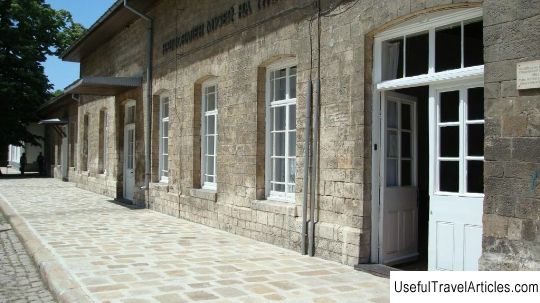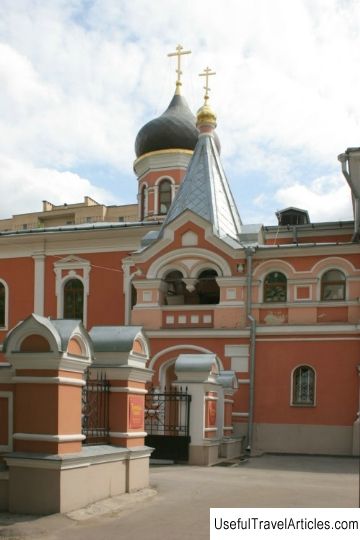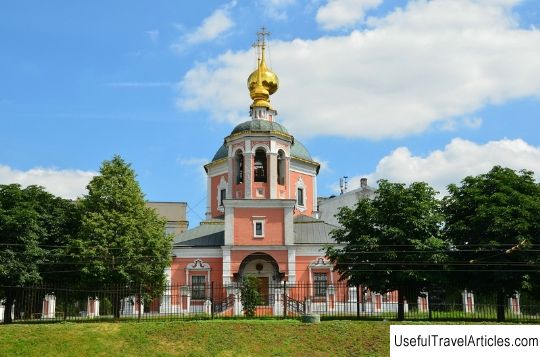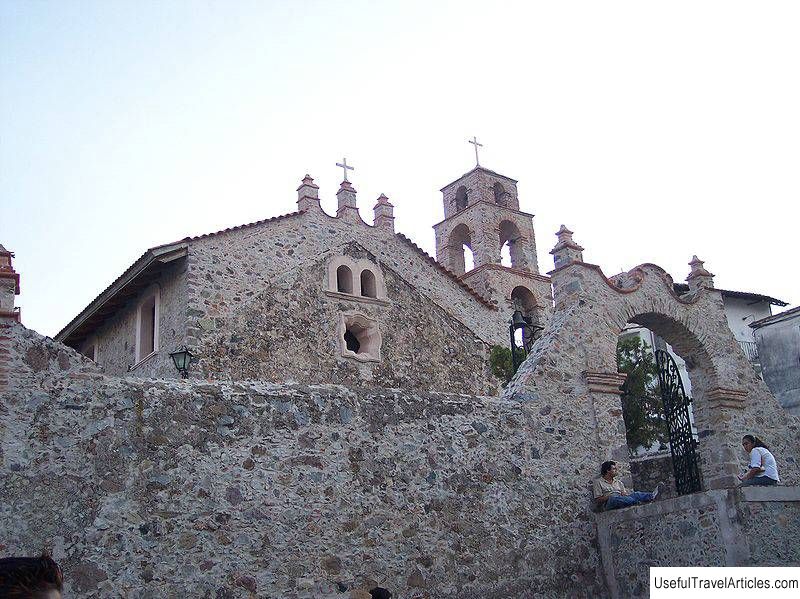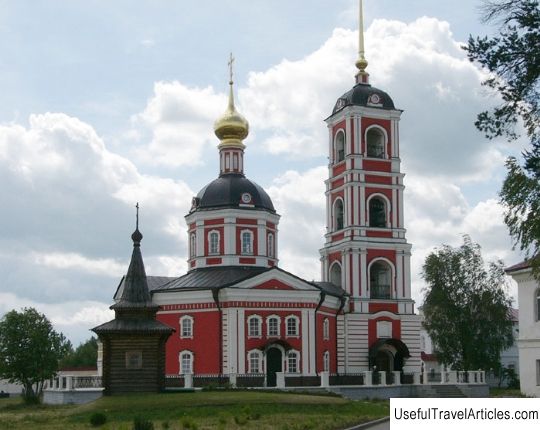Holy Trinity St. Sergius Primorskaya Hermitage description and photos - Russia - Saint Petersburg: Saint Petersburg
Rating: 8,4/10 (8796 votes) 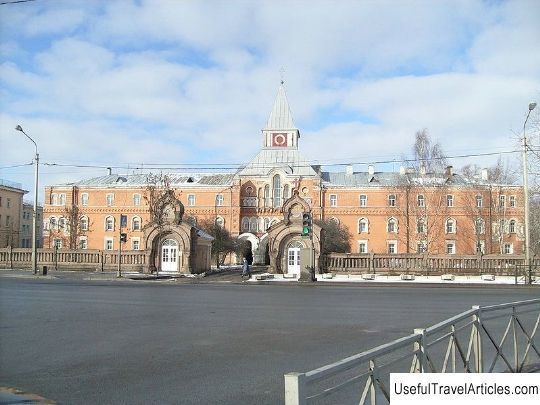
Holy Trinity St. Sergius Primorskaya hermitage description and photos - Russia - Saint Petersburg: Saint Petersburg. Detailed information about the attraction. Description, photos and a map showing the nearest significant objects. Photo and descriptionArchimandrite Varlaam, rector of the Trinity-Sergius Lavra, in 1734 founded a new monastery near St. Petersburg. The monastery was built on the shores of the Gulf of Finland, at a distance of 19 versts from St. Petersburg, on the lands that were transferred by Empress Anna Ioannovna to the monastery. The monastery occupied a square area, the side of which was 140 m, at first it was fenced with a wooden fence with square towers. In the same year in November, with the permission of the Empress, the wooden church of the Assumption of the Mother of God was transported from the house of Queen Paraskeva Fedorovna, located outside the city on the Fontanka. The church was located on the main square of the monastery, the throne was consecrated in the name of St. Sergius the Wonderworker of Radonezh. On the sides of the church were monastic cells (made of wood) and a stone outbuilding for the abbot. In 1735, on May 12, the monastery was consecrated. By order of the Empress, three villages were assigned to the monastery, along with serfs, and 219 acres of land were given. At first, the deserts did not have a staff of monks. Divine services were performed by persons sent here from among the brethren of the Trinity-Sergius Lavra. The church was officially assigned to the Trinity-Sergius Lavra. In 1764 the monastery separated from the Lavra. In 1834 the desert began to flourish, while Archimandrite Ignatius (Brianchaninov) was appointed its governor. A year later, he united fraternal buildings with a gallery, repaired churches, and put in order the economy. In 1857-1897, his work was continued by Archimandrite Ignatius (Malyshev). Being an artistically gifted person, Ignatius adorned the desert with excellent buildings, and brought its spiritual state to the highest level. At the end of 1901, the monastery library consisted of more than 6,000 books, and magazines such as Missionary Review were also issued, Faith and Church, Psychic Reading, Faith and Reason, Historical Messenger, Friend of Sobriety, Russian Pilgrim, Rest of a Christian. The desert contained an invalid home and a daily shelter for wanderers, a women's almshouse, an orphanage, a hospital and a two-year school. Before the revolution, the monastery had a capital of three hundred and fifty thousand rubles, there were seven churches in the monastery and almost a hundred brethren lived. The deserts were closed in 1931, the inhabitants were sent into exile, the monastery cemetery was destroyed. Since Catherine's times, the dead from noble families have been buried at the monastery cemetery: the Durasovs, Apraksins, Myatlevs, the descendants of M.I. Kutuzova, A.V. Suvorov and many others. The architects A.I. Stakenschneider and A.M. Gornostaev, as well as a Russian diplomat, a friend of Pushkin's in the Lyceum - Prince Alexander Mikhailovich Gorchakov. The desert was badly damaged not only in the 1930s, but also during the Great Patriotic War. In 1993, the desert was rediscovered. Today, the only active church on the territory of the monastery is the church in the name of St. Sergius of Radonezh. She suffered greatly during the years of Soviet power, but still managed to survive. It was originally made of wood, but in 1756-1758 it was replaced by a stone one. The iconostasis and utensils were moved from the previous building. The icons were painted by M. Dovgalev. In 1854, the reconstruction of the temple in the Byzantine style began. The temple became five-domed and had two floors. The capacity increased to two thousand people. Two rows of Romanesque stained-glass windows illuminated the temple. The ceiling is covered with wooden beams. The iconostasis was decorated with porphyry columns and details from Carrara marble, lapis lazuli, malachite and semi-precious stones.        We also recommend reading Church of St. Jacob and Martin (Pfarrkirche hll. Jakob und Martin) description and photos - Austria: Rauris Topic: Holy Trinity St. Sergius Primorskaya Hermitage description and photos - Russia - Saint Petersburg: Saint Petersburg. |
